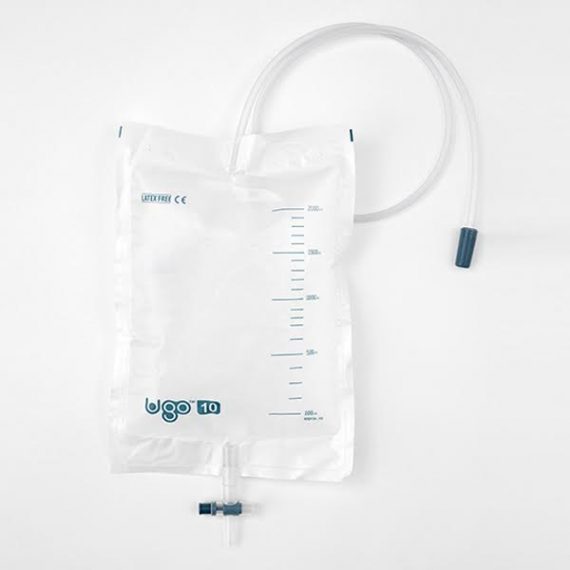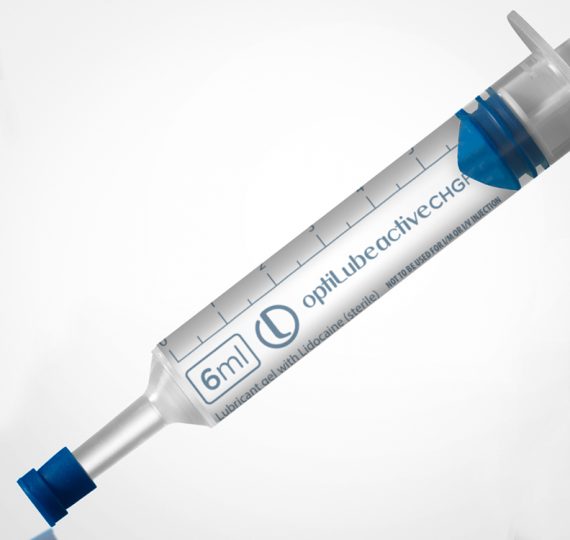Mitrofanoff
A Mitrofanoff involves a surgical procedure where a channel is created into the bladder, where a catheter can be inserted to drain urine. This is instead of urine leaving the body. It’s named after the first surgeon to ever perform the procedure back in 1980 – Dr Paul Mitrofanoff. Undergoing this procedure eliminates the need to wear a pouch over the site, like you would if you had a urostomy.
The channel which is surgically created uses tissue from the appendix or bowel and a valve is created where the channel meets the bladder. This is to prevent the leakage of urine.
Why do I need a Mitrofanoff?
There are many reasons why a Mitrofanoff may be necessary. It can be indicated to replace a damaged, absent or structurally abnormal urethra in the following instances:
– Multiple Sclerosis
– Spinal cord injury
– Congenital conditions which affect the urethra
– Removal of the urethra due to cancer
There are various other indications for the creation of a Mitrofanoff.
What will it look like on my abdomen?
The site is quite small and is similar in appearance to a navel (or belly button)!
Are there any reasons why this procedure might not be right for me?
A certain level of manual dexterity is required in order to catheterise a Mitrofanoff. This is achieved using an intermittent catheter, which is inserted when the bladder needs to be drained, and removed by the individual afterwards. You’ll also need regular post-op follow-ups. There are a couple of alternatives to this procedure. One is having a long term urethral or suprapubic catheter. Another alternative is having a urostomy (or urinary diversion) where urine leaves the body via a stoma on the abdomen and collects in a urostomy bag attached around the stoma.
Will I feel any pain catheterising my Mitrofanoff?
Performing ISC with a Mitrofanoff shouldn’t be uncomfortable. Your specialist nurse will provide you with plenty of guidance on how to do this correctly, so you can minimise your risk of trauma and infection.
Intermittent catheters come with a range of features. When selecting an intermittent catheter, it’s important to find the one that is right for you. Your clinician will be able to offer you guidance on which one is best for you.
Click here to see more about intermittent catheters and request a sample.

